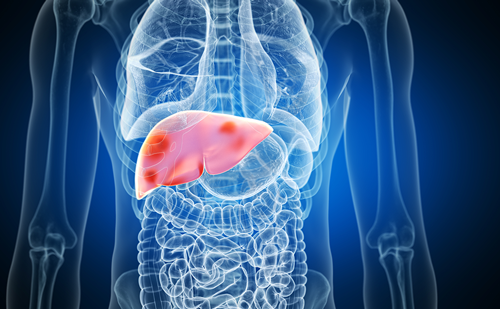Ten Years of Vildagliptin
Abstract:
Overview
After many years of limited therapeutic opportunities, the treatment of type 2 diabetes has become more target and pathophysiologically driven. A typical example is represented by the development of the dipeptidyl peptidase-4 (DPP-4) inhibitors, allowing for more physiological regulation of the endocrine pancreas and leading to a previously unmet risk-to-benefit balance. Vildagliptin, one of the earliest DPP-4 inhibitors, has been tested across the entire spectrum of type 2 diabetes and has been in clinical use for 20 years. This publication critically reviews the main steps in the clinical development of this agent.
Keywords
Type 2 diabetes, DPP-4 inhibitors, vildagliptin
Article:
Article Information:
Disclosure
Stefano Del Prato has received research support from AstraZeneca,
MSD, Novartis and Boehringer Ingelheim, and consultancy fees from AstraZeneca,
Boehringer Ingelheim, Eli Lilly, GSK, MSD, Novartis, Novo Nordisk, Sanofi, Servier
and Takeda. This article is a short opinion piece and has not been submitted to
external peer reviewers but was reviewed by a member of the Editorial Board
before publication.
Correspondence
Stefano Del Prato, Department of Clinical and
Experimental Medicine University of Pisa, Via Roma 67,. I-56100 Pisa, Italy.
E: stefano.delprato@med.unipi.it
Support
The publication of this article was supported by Novartis Pharma AG.
Access
This article is published under the Creative Commons Attribution
Noncommercial License, which permits any non-commercial use, distribution,
adaptation and reproduction provided the original author(s) and source are given
appropriate credit.
Received
2017-06-13T00:00:00







